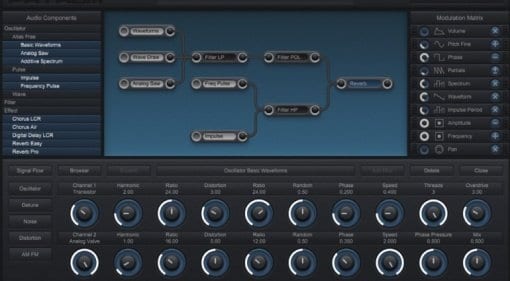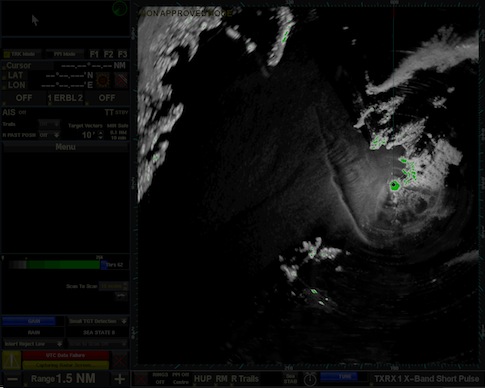
Thus, it is important to distinguish between moderate and severe drought stress when assessing physiological responses. However, Bradford and Hsiao (1982) concluded that restriction of canopy development was the most sensitive parameter to moderate drought stress. Stomatal closure has been reported to occur within 2 h in response to severe drought stress in citrus ( Tudela and Primo-Millo, 1992) and continuous stress may lead to reduced CO 2 assimilation and inhibit growth ( Brakke and Allen, 1995). Numerous physiological functions are affected by drought stress in citrus trees ( Gómez-Cadenas et al., 1996). Keywords: citrus sinensis seaweed extract deficit irrigation drought stress water use efficiency


These results indicate that seaweed extract may be a useful tool for improving drought stress tolerance of container-grown citrus trees. Soil drench-treated trees had more growth and higher stem water potential than foliar-treated or control trees after 8 weeks of drought stress. However, the seaweed extract treatment did have a significant effect on plant water relations. The maintenance of growth by the seaweed extract under drought stress conditions was unrelated to photosynthesis. Trees treated with seaweed extract and drought-stressed had significantly more total growth than untreated drought-stressed trees for both rootstocks. Drought stress reduced shoot growth and leaf photosynthesis but increased root and total plant growth relative to the amount of water applied, thus increasing whole plant water use efficiency.

Half of the trees in each treatment were subjected to drought stress, whereas the other half remained fully irrigated (100% ET). L −1 as either a soil drench or foliar spray.‘Hamlin’ sweet orange trees on ‘Carrizo’ citrange and ‘Swingle’ citrumelo rootstocks were treated weekly with a commercial extract of the brown seaweed Ascophyllum nodosum at 5 and 10 mL


 0 kommentar(er)
0 kommentar(er)
